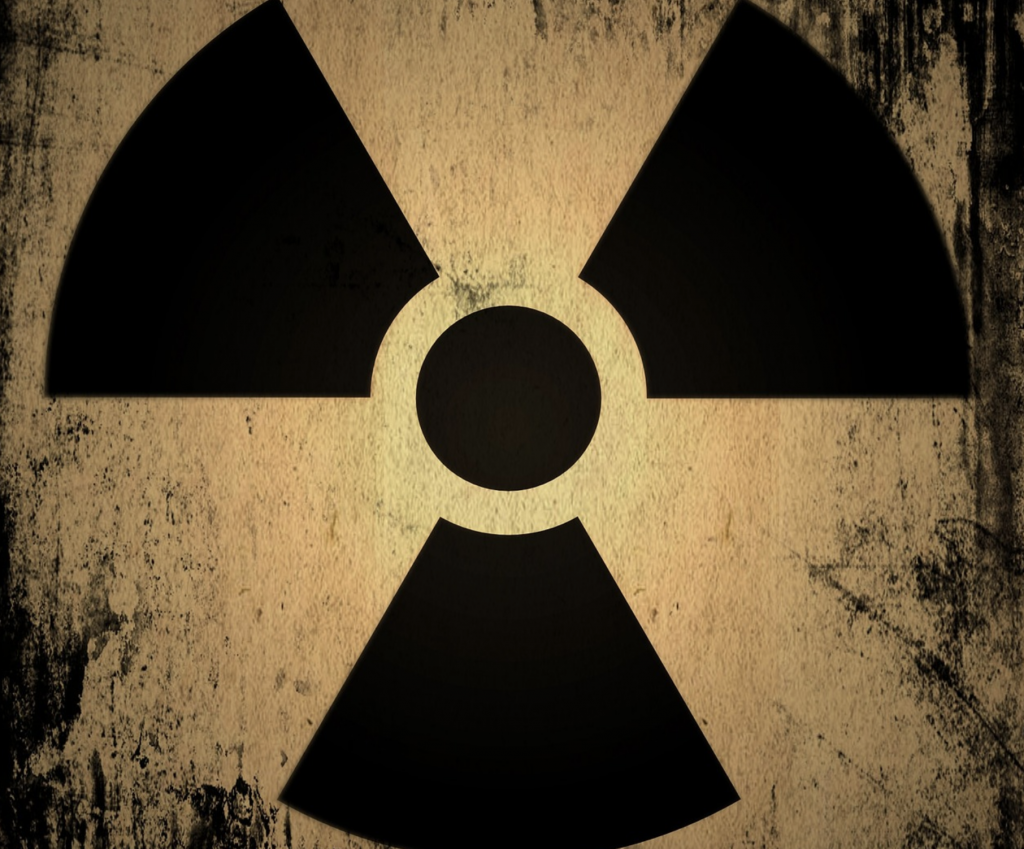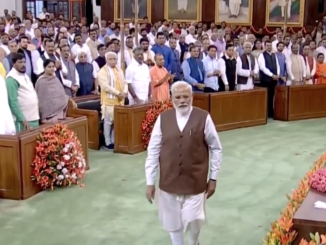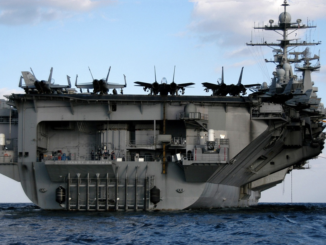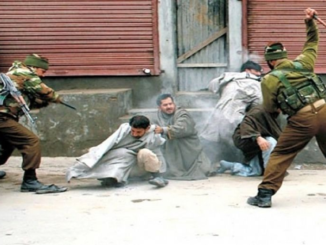
Pakistani and Indian nuclear capabilities are the key pillars for ensuring peace and security in the region – duly acknowledged by the two states in 2004. Pakistan’s proposal of Strategic Restraint Regime (SRR) calling for deterrence stability and a peaceful resolution of all outstanding disputes offers a comprehensive proposal for achieving durable peace in the region. A London-based think tank, International Institute for Strategic Studies (IISS) recently examined the evolving dynamics of nuclear deterrence and stability in South Asia.
The experts have emphasized taking up the proposed nuclear Confidence Building Measures (CBMs) between India and Pakistan. Such proposals gain salience in the prevailing regional security environment where India has shunned engagement in any meaningful and result-oriented dialogue with Pakistan to resolve outstanding disputes or build confidence and ameliorate nuclear risk.
There is a lurking danger of misperceptions and miscalculations leading to nuclear use in South Asia. Most Western experts tend to miss India’s nuclear brinkmanship and under-appreciate the irresponsible behavior moving in the direction of comprehensive first-strike capability and seeking space for a hybrid war under nuclear overhang. At the peak of February 2019 Kashmir crisis, Hindustani leadership issued jingoistic statements and even deployed nuclear submarine. The religiously fundamental government threatened the use of nuclear weapons despite publicly maintaining a No First Use (NFU) policy. This underscores the need to develop more nuclear CBMs in anticipation of dispute resolution.
After a decade of Western and Indian denial about Cold Start Doctrine, the IISS primer finally acknowledges it – Pakistan was not responding to a myth. Since Pakistan took credible measures to deter operationalization of the CSD, even the IISS questioned the doctrine’s viability. It is heartening to see that experts propose that India should reassess the strategic implications associated with the development of hypersonic missiles because the short “launch-to-impact interval that could leave no time for the defending side’s leadership to assess and mitigate the threat.”
India is known to be struggling with the technological glitches within its Ballistic Missile Defense (BMD) system and the problem of integrating the imported technology with other foreign supplied military hardware. There are still misperceptions on the related issue of Multiple Independently Targetable Reentry Vehicle (MIRV) technology. Western experts easily assume that Indian pursuit of MIRV capability is solely aimed at China but it contradicts Indian NFU pledge. An informed reader would seek greater insights into the Indian rationale for development of MIRVs given Chinese lack of interest in a BMD system.
Pakistan doesn’t believe in India’s NFU pledge. However, Western experts tend to discuss the potential revision of NFU policy. Several statements, including the one by Defence Minister Rajnath Singh in 2019 indicate that India’s conditional NFU policy might change in the future.
Since nuclear risk exists in South Asia, it is important for both countries to pay heed to the fifteen nuclear CBMs proposed in the primer. These could soften some grounds, paving long-term solutions for peace and stability in South Asia.
As pointed out by experts, both sides can consider reviving an ‘uninterrupted backchannel’ to resolve outstanding issues. New CBMs or official/semi-official dialogues related to nuclear issues can also be carried forward. Likewise, both sides can first develop common grounds on avoiding accidents.
Given the recent incident of theft of nuclear materials in India, the ideas like establishment of cooperative border-management measures to interdict trafficking of nuclear materials are worth greater scrutiny. Likewise, an agreement on initiating strategic dialogue between government-affiliated think tanks could break some ice.
It is interesting to note that the Western experts overlook the destabilizing role that some extra-regional players have played by strengthening Indian military capabilities and justify it either as efforts to contain China or merely as a business enterprise. India is the second largest arms-importer in the world and Russia, France, Israel and U.S. are the top four arms suppliers for years. Closing the spigots on technology on India could outdo the proposed CBMs in South Asia. If the West runs with the hare and hunts with the hounds, the peace in South Asia shall remain a chimera.
![]()




Be the first to comment